
|
|
|
|
|
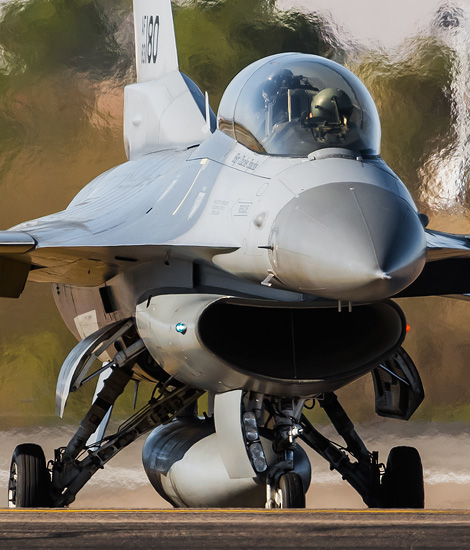
|
Units of the 162nd FW; Tucson International, March 4 & 5, 2017
The Arizona Air National Guard, part 2; Text and Photograph's by Alex van Noye
The 162nd Fighter Wing at Tucson International Airport consists of four F-16 squadrons. All units and aircraft at this air base are identified by the tail band with the flag of the state of Arizona. Three out of four of the F-16 units carry the tail code AZ. The fourth unit is an special operational testing unit and carries the code AT.
The first unit which is part of the 162nd Fighter Wing (162nd FW) is the American and Dutch 148th Fighter Squadron (148th FS). This unit currently consists of ten Dutch F-16AM/BM Fighting Falcons. The primary task of this unit is to train the new Dutch F-16 pilots during their initial training on the F-16. The 148th FS was founded in 1946 as part of the Pennsylvania ANG. The unit was transferred to Tucson International to the Arizona ANG from October 15, 1985. The unit trained in the past pilots from the Netherlands and the United Arab Emirates with its F-16s. In 2010, the new contract was concluded with the Royal Netherlands Air Force, which meant a second era of Dutch interference within the unit. The Dutch were at that moment assigned to the 162nd FS of the Ohio Air National Guard. This unit would lose its F-16 task in the United States; therefore the Dutch had to search for another location for their training. The USAF proposed to accommodate the Dutch at the 148th FS at Tucson International. The first Dutch F-16AM/BM aircraft arrived in December 2010. The first class of approximately ten pilots graduated at the end of April 2011. The badge of the 148th FS consists of a red donkey which sits on a cloud and is surrounded by lightning blasts. The spell of the unit is "Kicking 'Ass". The F-16s of the Royal Netherlands Air Force carry, like the American F-16s, the Arizona tail band and the tail code AZ. The only difference with the American F-16s is the fact that the Dutch F-16s also were the Dutch flag on the tail.
The 152nd Fighter Squadron (152nd FS) is originally a unit which was founded shortly after the Second World War as a unit of the Rhode Island ANG. The unit was one of the first units which were equipped with jet fighters within the ANG. From July 1, 1956, the unit would use Tucson International as part of the 162nd FW which is part of the Arizona ANG. The unit has flown over the years with the F-86 Saber, the F-100 Super Saber and the F-102 Delta Dagger in the air defense role. Only since 1969 the unit
|
|
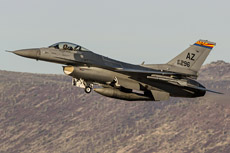
|
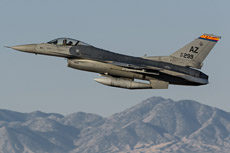
|
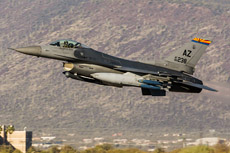
|
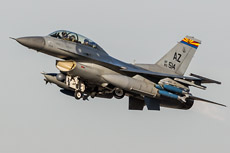
|
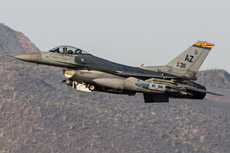
|
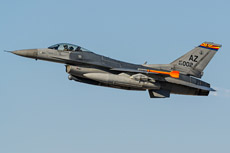
|
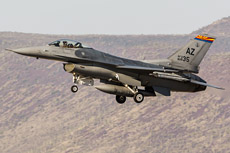
|
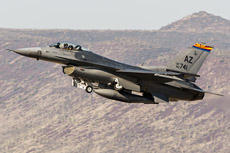
|
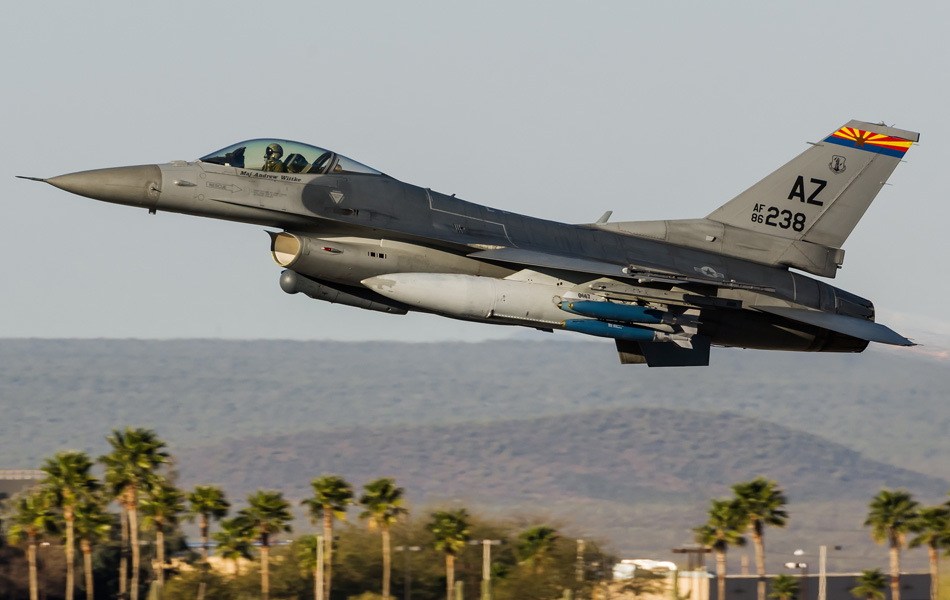
|
would become an operational training unit. As of 1977, the A-7 Corsair entered service within the unit next to the F-100 Super Saber. This type of training was also offered to the ANG pilots from across the United States. In the early 1980s, the 152nd FS was tasked to train the pilots flying on the F-117 Nighthawk on the A-7, because the A-7 cockpit was quite similar to the F-117. Only since 1991 the unit would fly with the F-16A/B Fighting Falcon. Soon these aircraft were replaced by the F-16C/D Fighting Falcon in 1992. At this time, the Iraqi Air Force's pilots are trained with the F-16C/D Fighting Falcon at the 152nd FS. The Iraqis fly with their own F-16s at this unit to learn to fly with the type. In total, the Iraqis have already received 37 F-16s. The unit's roundel consists of a picture of Sylvester the cat painting himself as a tiger while he’s sitting on a rocket. The nickname of this unit is "El Tigre" which also strikes the Mexican influences in the state of Arizona. The aircraft of the 152nd FS carry the Arizona flag on the tail and the tail code AZ.
The 195th Fighter Squadron finds its history in the 410th Fighter Squadron which was operational in Europe with the P-47 Thunderbolt during the Second World War. Shortly after the war, the unit was already numbered to its current name. The 195th FS then became part of the California ANG. The unit would move to its current location Tucson International in 1983. At this airport, the 195th FS was renamed as the 195th Tactical Fighter Training Squadron and the unit was equipped with the A-7 Corsair. The mission of the unit at that time was to train pilots until they were combat-ready for the Air National Guard. The unit was part of the ANG Replacement Training Unit (ANG RTU). In 1991 the 195th FS would convert to the F-16 Fighting Falcon. Until 2006, the 195th FS flew with the F-16A/B Fighting Falcon. From then on, the unit was flying with the F-16C/D Fighting Falcon. The 195th FS was the last unit of the ANG which made the transfer from the F-16A/B to the F-16C/D. The 195th FS F-16s are the oldest F-16s which are still in use in the United States. The oldest F-16s of this unit have fiscal year 83 in their serials which indicate that the F-16s are of the block 25 series. The 195th FS is nicknamed "Warhawks" from the period of the Second World War. The unit's badge consists of a blue striped circle containing a black image of an eagle head. Also, the USAF reserve pilots make use of the 195th FS F-16s.
The Air National Guard Air Force Reserve Command Test Center (AATC) is the fourth unit of the Air National Guard at Tucson International. The AATC is a testing unit performing flight tests and evaluations for the Air National Guard and the Air Force Reserve Command. The AATC performs, among other things, the operational test (OT) on behalf of the United States Air Force's major commands. The unit at Tucson International has seven F-16C Fighting Falcon Block 25 and 32 aircraft. The unit mainly supports the primary tasks of the F-16 Operational Flight Program (OFP) focused on the F-16s tasks at the ANG and AFRC. The AATC also regularly uses the A-10A Thunderbolt II of the OT flight on Davis-Monthan AFB. The unit is also testing in a wider range of other AFRC aircraft. These other types that are also tested for the AFRC are: the F-16, the B-52, the F-15, the HH-60, the HC-130 and electronic combat systems for these aircraft. The AATC is uniquely designed to benefit from the modernization programs funded by the National Guard and Reserve Equipment Account (NGREA). This program will finance improvements to existing operational aircraft in the short term. The unit has tested many systems like night vision equipment and data link systems which have already been introduced at the ANG and AFRC. Unlike all other aircraft at Tucson International, the AATC F-16s can be identified by the tail code AT. Also these F-16s carry the flag of Arizona on the tail.
|
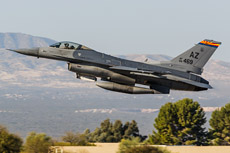
|
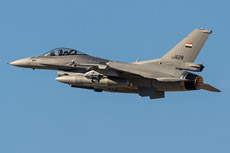
|
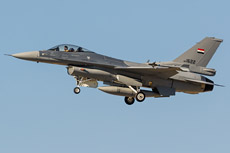
|
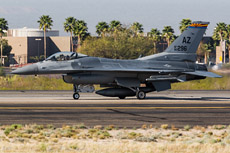
|
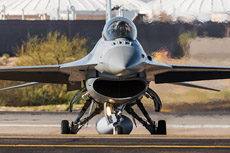
|
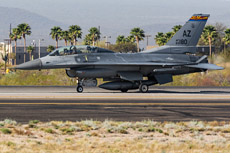
|
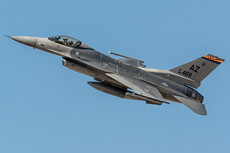
|
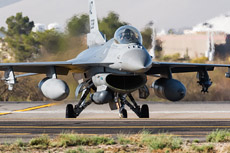
|
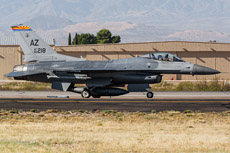
|
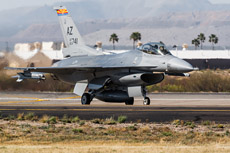
|
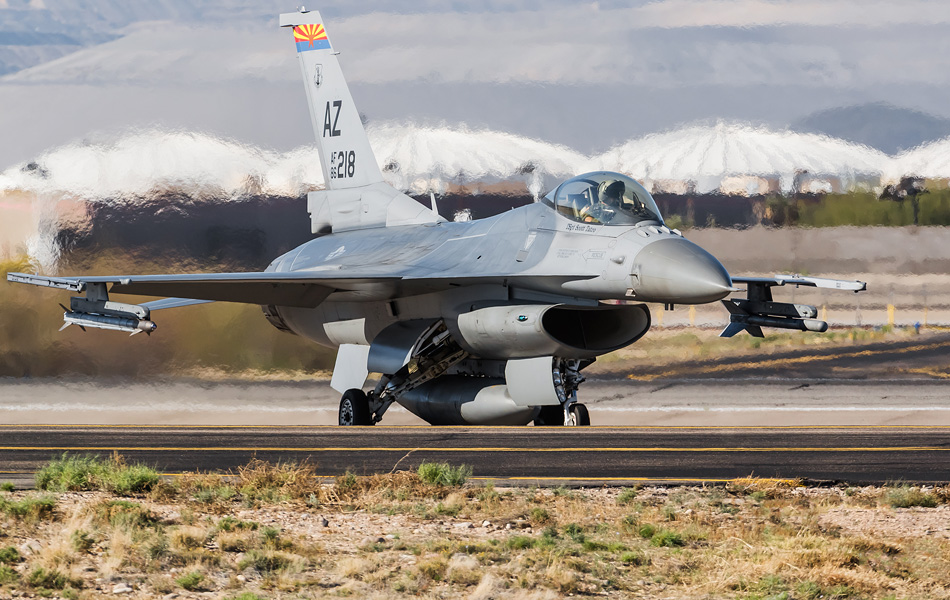
|
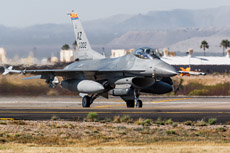
|
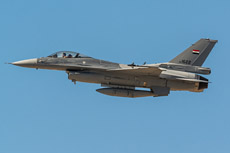
|
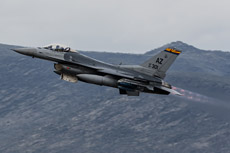
|
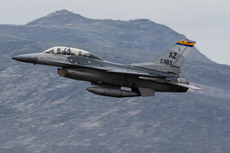
|
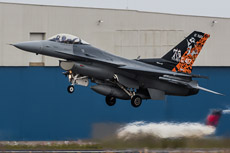
|
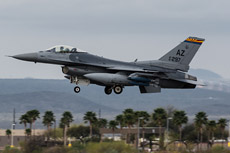
|
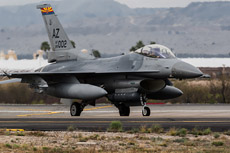
|
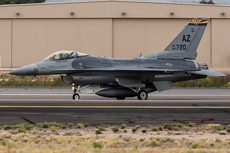
|
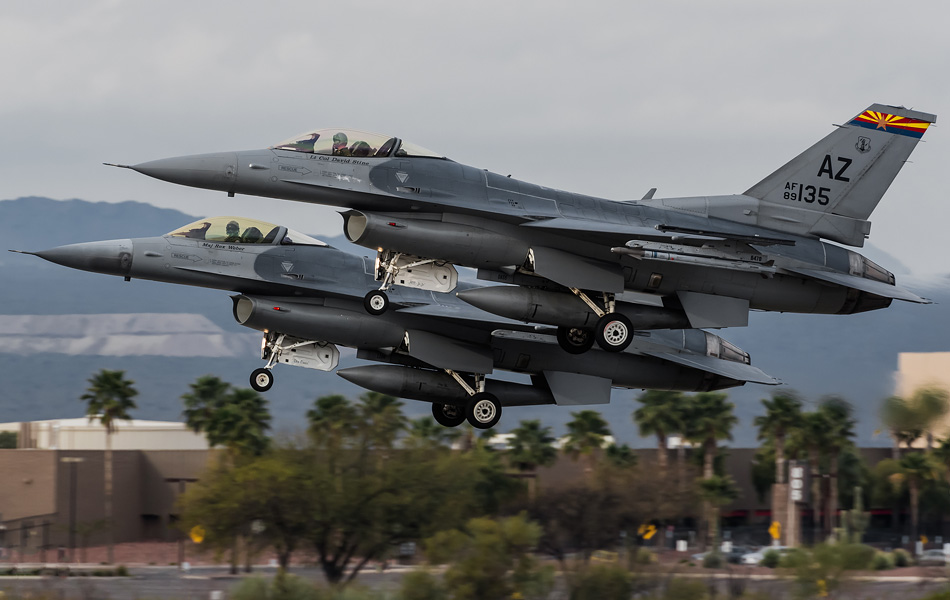
|
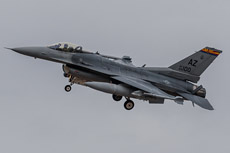
|
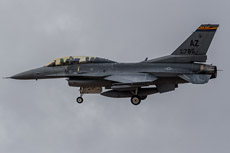
|
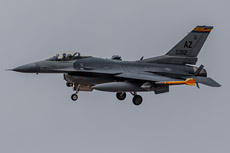
|
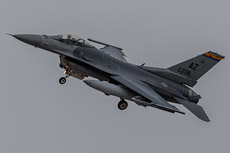
|
|
|

|







